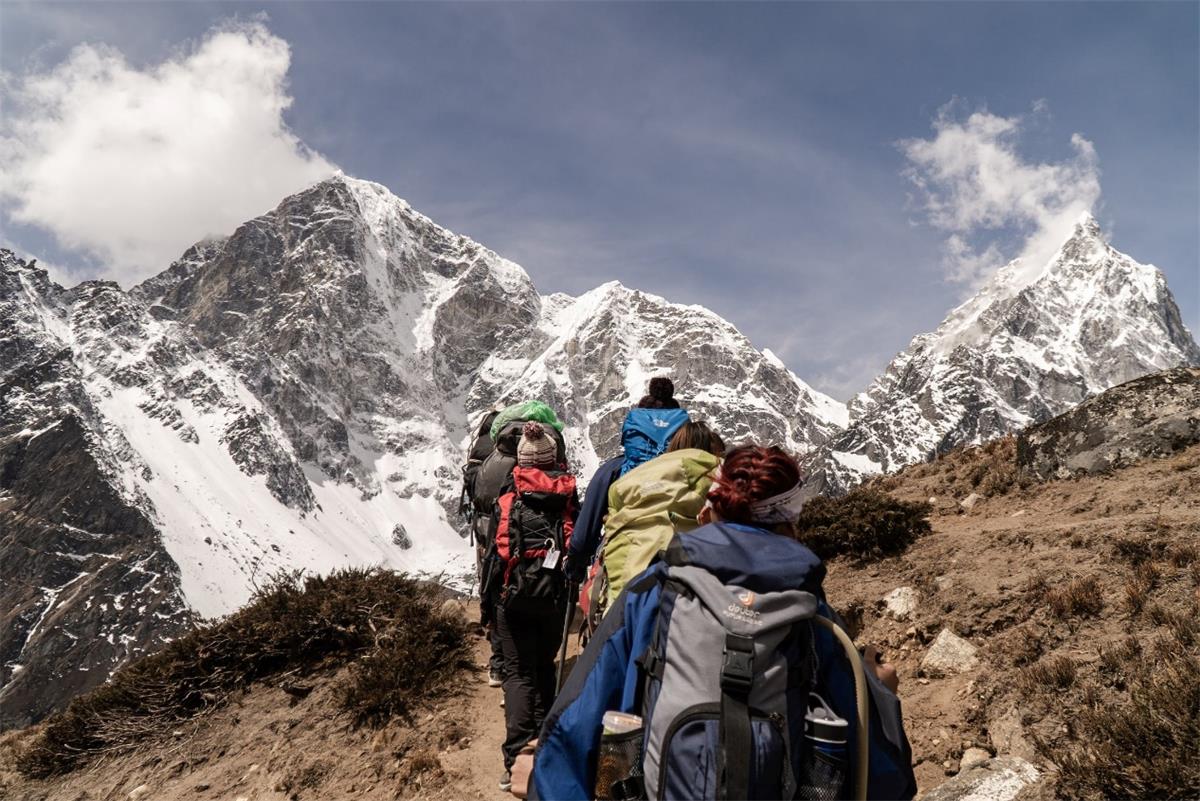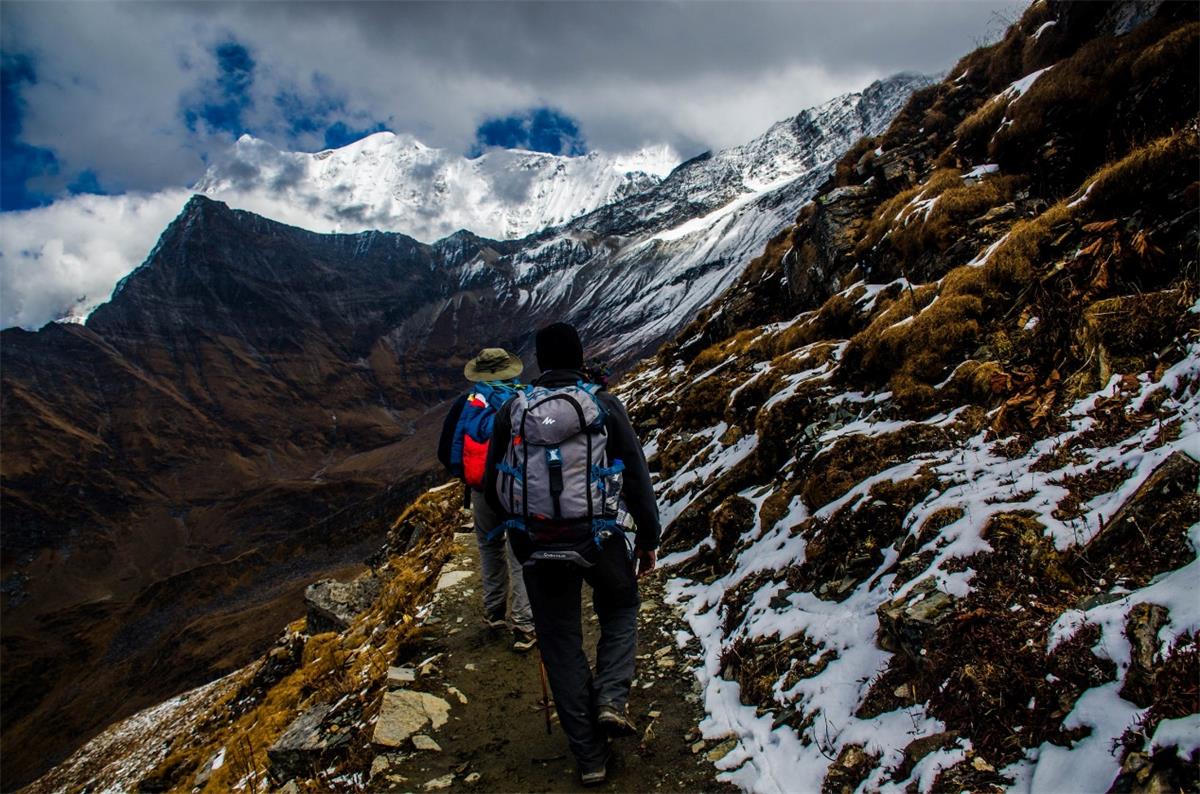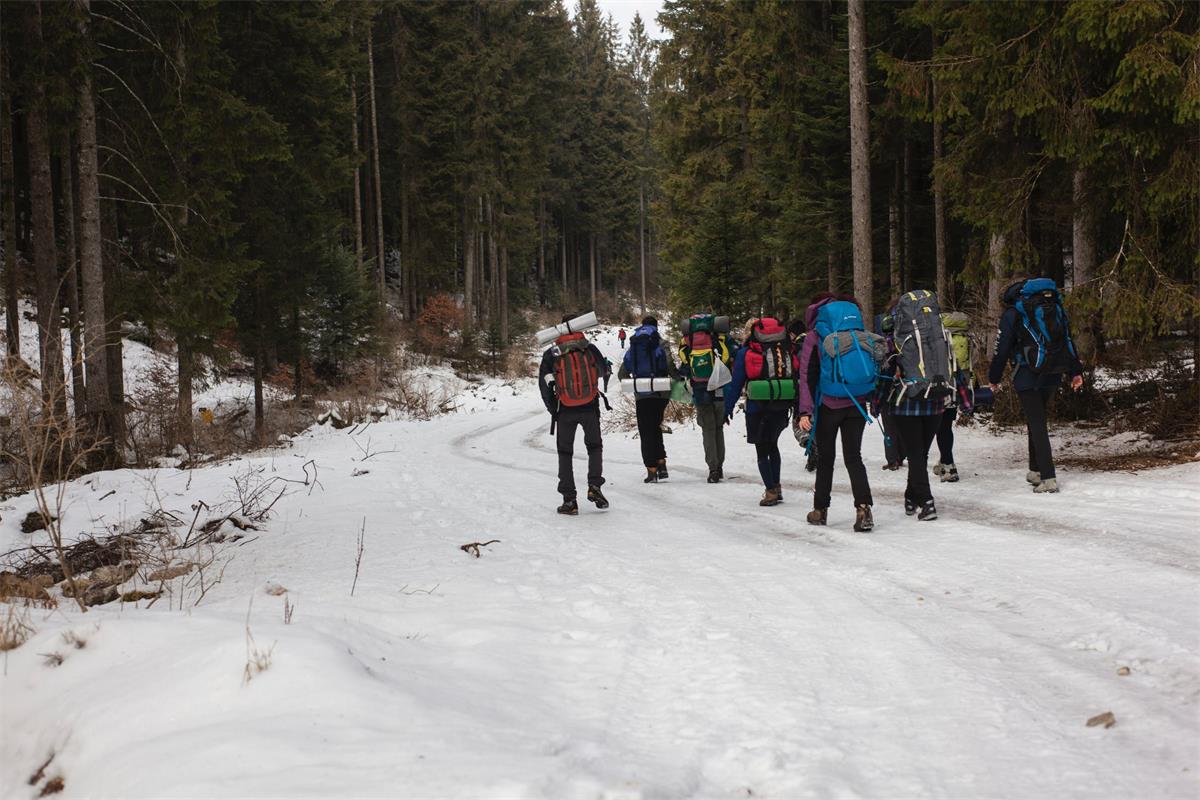With the advent of winter, cold air also frequently hits. But even if the weather is cold, it can’t stop the enthusiasm of a large group of fellow travellers to go outdoors. How to hike and climb more safely in winter?
1. Preparations.
1. Although there are many benefits in winter mountaineering, not everyone is suitable for it. It is best to do according to your own circumstances. Before you travel, you should understand your own health and understand the environment and weather at your destination in advance.
2. Go together
The weather in the mountains and forests is changing rapidly, and in winter, you must travel together. Travel with a professional club leader as much as possible.
3. Pay attention to cold and beware of loss of temperature
Don’t let cold, strong wind and wet clothes appear at the same time. Reasonably arrange the route of travel and work and rest time to avoid prolonged exposure to low temperature environments. Rest in time and add heat, change clothes frequently, keep your body dry, and keep warm and cold.
4. Try to end the activity before dark
In winter, it gets dark quickly. End the activity before dark. Try not to walk at night. Night walks increase the incidence of accidents. If you cannot identify the direction and route during night travel, you should immediately call the police for help. Use the objects around you to give instructions to rescuers.
5. Don’t catch tree vines
In winter, the trees lose water, become very dry and fragile, and therefore cannot bear too much weight.
6. Make a mark not to get lost
It’s easy to lose your way if you don’t make a mark. Try to properly mark with stones or branches along the way.
7. The road is slippery and slippery
In winter, the weather is cold and the roads are slippery, especially in icy and snowy weather, which greatly increases the risk of slipping accidents. The consequences of a slip accident are uncontrollable. Therefore, precautions must be taken before and during travel to minimize the risk of slipping.
8. Be wary of avalanches
Generally, avalanches are more likely to occur on terrain with a slope of 20°~50°; the second is snowfall, and snow will not fall until a sufficient amount of snow accumulates.
9. Bring plenty of equipment
In addition to cold-proof equipment, at the same time to prevent unexpected accidents, you must bring headlights, portable food, first-aid medicine, hand stands, navigation tools, and simple tents and first-aid blankets for camping.
Post time: Oct-27-2021




